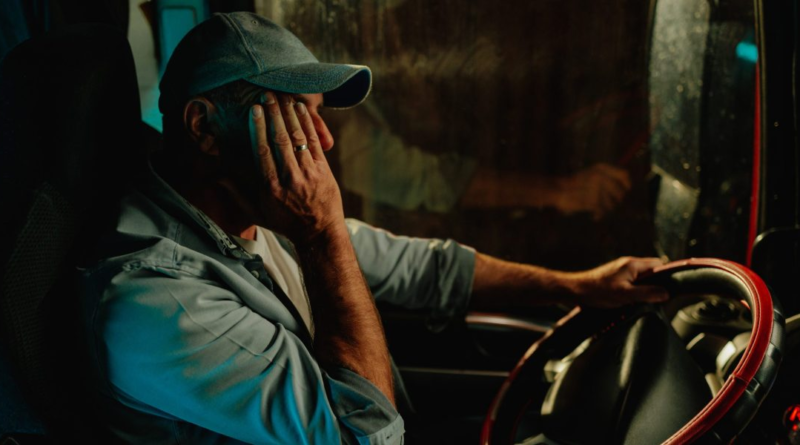Shift work can kill you 15 years sooner, warns WHOOP’s chief health expert, while dramatically raising your risk for depression and suicide
People who work constantly changing shifts often hold some of the most challenging and yet vital roles in society: doctors, nurses, firefighters, shop workers, and the police to name a few. And yet millions of them are at risk of dying significantly earlier than the rest of the labor force—and tend to be acutely susceptible to mental health issues as well.
On the Diary of a CEO podcast, the vice president of performance science at wearable health tech company Whoop discussed the crucial impact of sleep on a person’s health. Getting good sleep, according to Kristen Holmes, directly correlates to an individual’s health and mood, as well as their productivity and decision-making capabilities.
A key part of getting good sleep is regularity, she outlined, particularly when it comes to falling asleep and waking up at the same time every day. Such repeated resting cycles simply are not an option for some members of the workforce, however.
“Anyone who’s up for more than two hours between the hours of 10 p.m. and 4 a.m. is considered a shift worker,” said Whoop’s principal scientist. According to a 2022 study, between 15% and 20% of the workforce in industrialized nations works shifts.
Holmes said those who work during the biological night are making a “huge sacrifice,” explaining: “We know those folks on average are going to die 15 years sooner.”
Holmes did not elaborate on whether this figure comes from Whoop data or an independent study, but her concerns for shift workers have been echoed by the World Health Organization (WHO). Night-shift work has been classed as a carcinogen—a substance or behavior which has the potential to cause cancer—“on the basis of limited evidence of cancer in humans (for cancers of the breast, prostate, colon, and rectum), sufficient evidence of cancer in experimental animals, and strong mechanistic evidence in experimental animals.”
Balancing the risks of shift work
Whoop’s principal scientist said a significant proportion of her work was trying to understand and minimize these risks: “[We’re] trying to understand which other levers we can deploy to offset some of the impact of being awake during the biological night.
“How much you’re eating is a lever, really thinking about eating, eating protein, when we’re viewing light, what’s the cadence of on-off so we minimize the disruption to circadian rhythms?”
Such research could be vital for tens of millions of shift workers across the world. In the U.S. alone there are 5.2 million registered nurses, 800,000 police officers, and more than a million career and volunteer firefighters, many of which work shifts.
“The fact is the roster size at these hospitals are just simply not big enough, I think, to be able to deploy schedules that mitigate some of the risk associated with this disrupted circadian rhythm,” Holmes continued. “It’s frightening.”
A circadian rhythm is the natural cycle of physical, mental, and behavioral responses in relation to one’s environment. “There is a lot of work to try to understand how we can mitigate some of the negative effects, but it’s a tough problem to solve,” she added.
Shift work and mental health
On top of that, shift workers have also been proven to struggle more with mental health issues than daytime workers. A report published in 2020 by Hwanjin Park, Byung Seong Suh, and Kounseok Lee found that while suicidal thoughts or fantasies differ little among women irrespective of their work patterns, they are far higher among shift-working men than their daytime counterparts.
“Shift work for women is generally associated with emotional difficulties such as depression and anxiety, whereas maladaptation to shift work may be related to suicidal ideation among men,” the report reads. “Gender-specific suicide prevention approaches will be needed for shift workers.”
Citing studies which have found sleep variability has been linked to increased mental health issues, Holmes added: “Shift workers would be extremely vulnerable to mental health issues given that their variability—and we look at the Whoop data—is basically random in terms of their sleep-wake time. It’s so variable that we can’t even see a pattern.”
This is “frightening” for Holmes, she added, as “the more variability, the more psychological and physiological consequences there will be.”
- If you or someone you know is in crisis (living in the U.S.), call or text the 988 Suicide & Crisis Lifeline at 988
- If you or someone you know is in crisis (living in the U.K.), call the Samaritans on 116 123, or text SHOUT to 85258.
- A list of global helplines can be found here.




